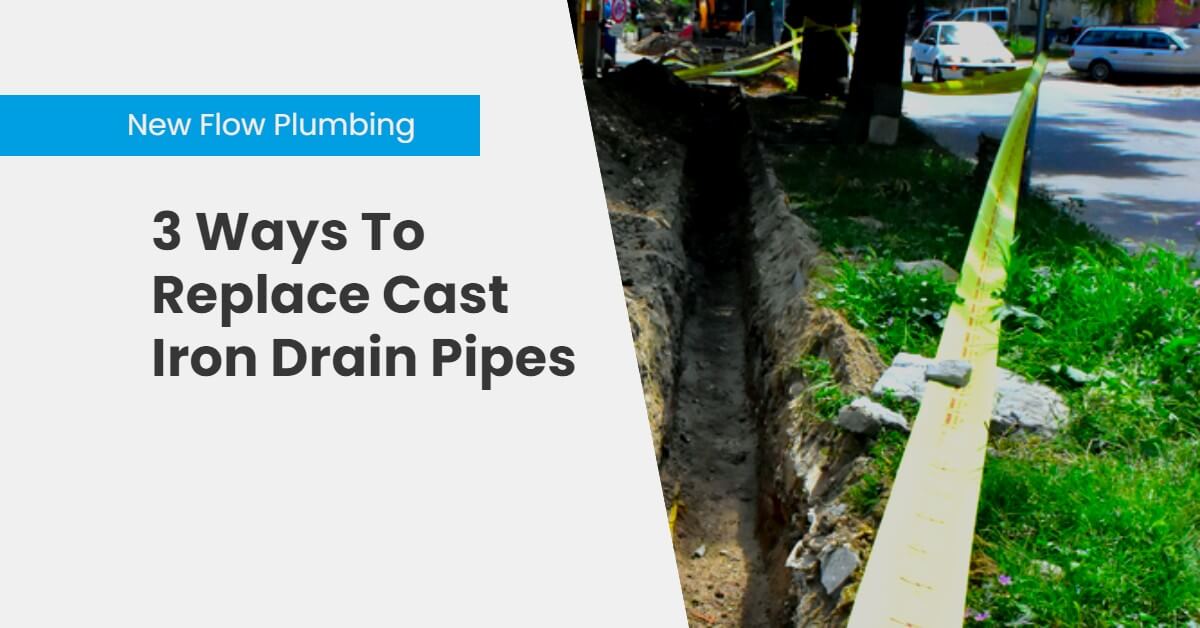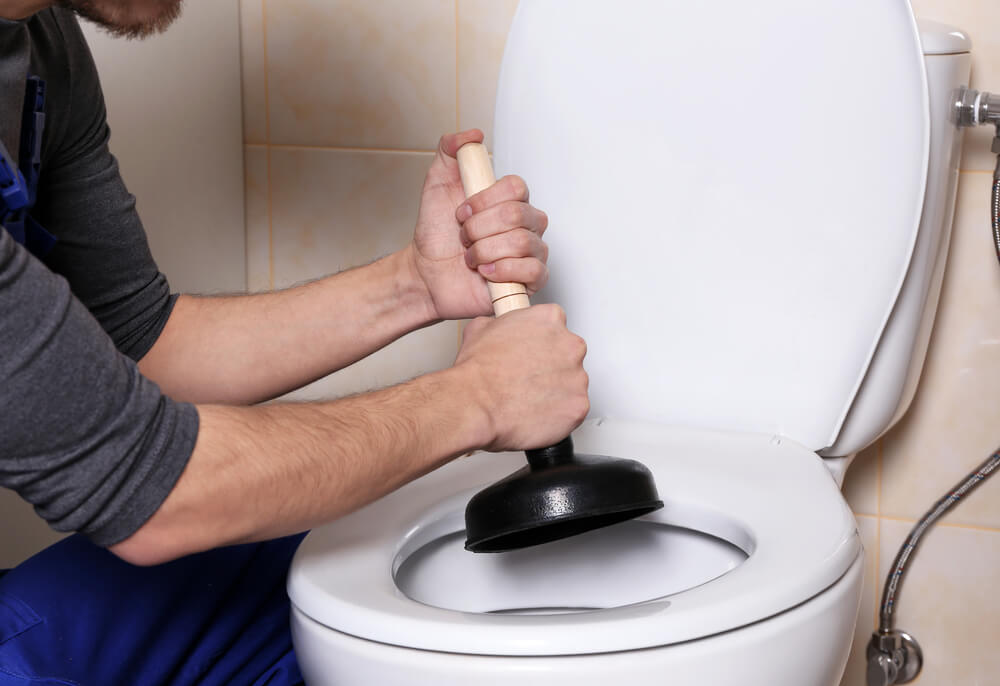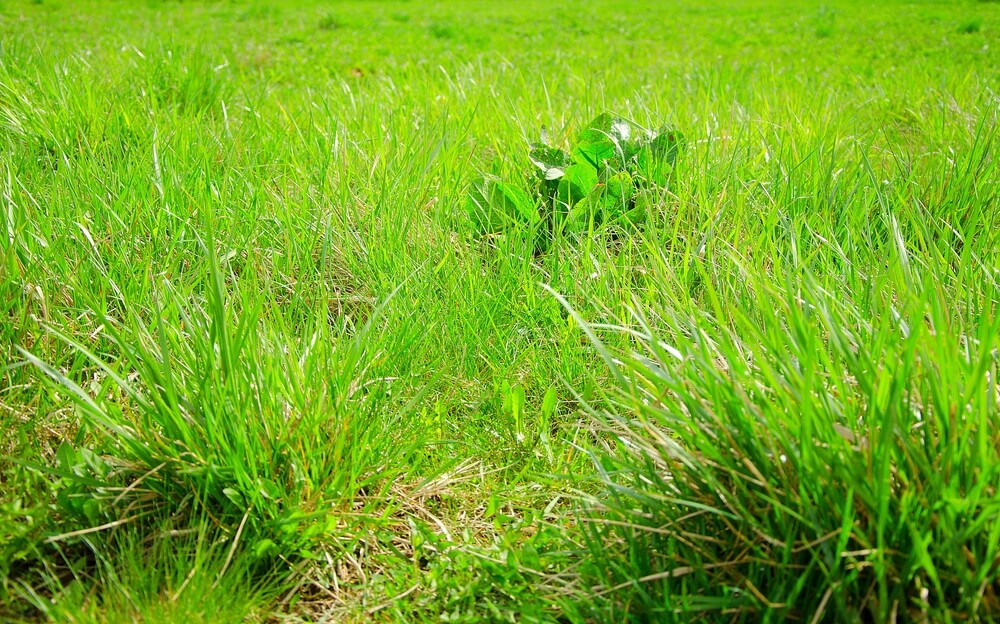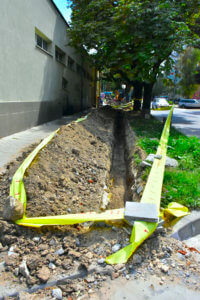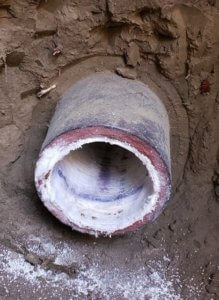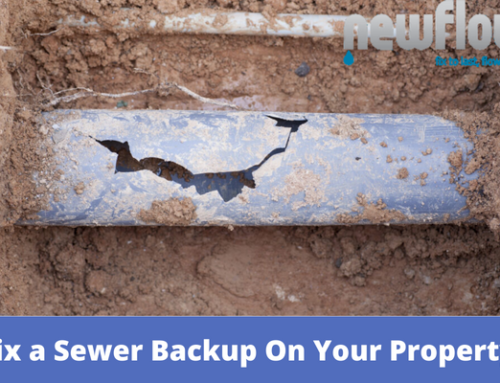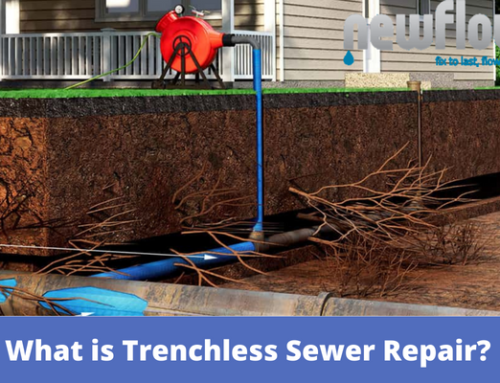3 Ways To Replace Cast Iron Drain Pipes
Do you need to replace cast iron drain pipes in your home? Well, this is the place to be! This article discusses 3 ways to replace cast iron drain pipes and any other type of material. We give you the cost as well, so that you have all the information you need.
Why Would You Replace Cast Iron Drain Pipes?
You may or may not notice these signs of drain pipe failure in your home. If you can see any of these occurring, call a specialist today!
Constant Backups – If you have backups in all of your toilets, sinks, and showers, the drain pipe (which connects all of them) is probably faulty.
Read also: Sewage Backup Health Risks
Sewer Odor – If you can smell sewage in your house, you can be confident that your drain pipe is damaged. That foul smell will ruin your home’s ambiance.
Mold – You may not think it, but heat escapes and begins to flow into your walls, floors, and ceilings when a drain pipe cracks. Once that starts, mold now has the perfect condition to start growing.
Slow Drains – A slow drain is a clear sign that something is wrong with your sewer line. We can determine if the problem is just a blockage or actual damage to the pipe with a simple CCTV sewer camera inspection.
Strange Lawn – If sewage is leaking from a drainpipe into your yard, you are going to see a few telltale signs. For one, the grass in certain areas will seem suspiciously luscious. Sewage acts as a fertilizer for your grass, making it grow faster in affected areas. You may also notice dips and valleys forming due to the soil dissipating under the grass.
Foundation Cracks – When a drainpipe leaks sewage, the excess water will cause the soil to expand and shrink, causing your foundation to shift.
Invasive Creatures – If a drain pipe is damaged, rats, mice, sewer flies, cockroaches, or palmetto bugs can enter your home. Calling pest control may eliminate the current invaders, but the pipe is still cracked, and they will come back.
Why Do Cast Iron Drain Pipes Fail?
Vulnerability – Cast iron, like all metal, rusts when exposed to water and oxygen. So with drain pipes, those variables are unavoidable without proper maintenance. Shifting soils, tree roots, and especially chemicals like drain cleaner can damage them over time. We have seen failure in as little as 25 years. Coastal regions with high salt content also accelerate corrosion.
Soil Failure – Soil shifts around your property can cause pressure on the cast iron, causing them to crack, leak, and collapse. Soil can shift due to rain, floods, drought, freezing temperatures, and more.
Tree Roots – Older trees on your property are bound to have long, invasive roots. They seek out nutrients, sensing pipes flowing with waste or water. The roots attack the joints where the lines are their weakest. Once they’re inside, they drink and drink until the roots clog up your pipes.
Clogs and Backups – Oil, grease, and fats tend to build up inside your pipes, shrinking the area waste can flow through. Things like “flushable” wipes, paper towels, too much toilet paper can build up at these sections where there is no room to escape. Only flush toilet paper and bodily waste down your toilets, and don’t dump grease down your sink.
What Cast Iron Drain Pipe Options Work?
Based on all of our research we’ve assembled 3 ways to replace your cast iron drain pipe based on requirements, convenience, and cost.
1. Trenching
Sometimes, a drain pipe is so severely damaged that no trenchless method is viable. Plumbers cannot use trenchless technology on pipes that are back-pitched, which means that the original contractors failed to use the proper slope for your sewer line to your city connection. If the pipe has collapsed onto itself, you will also have to go this route.
Conventional sewer repair quotes will be lower than trenchless, but it does not include the cost to clean up the mess and repair the property damage
2. Pipe Lining (Trenchless)
A unique, epoxy-impregnated liner is inserted into the old pipe, inflates, and creates a new pipe structure directly inside the old one. Pipelining can be considered replacement or repair depending on whether the whole pipe length will be lined or just a section. If only a section of pipe (a spot repair) is lined, it is considered a repair. If you line the whole pipe from start to finish, it is basically like getting a brand new pipe installed (aka replacement).
3. Pipe Bursting (Trenchless)
Pipe bursting is where a new HDPE (high-density polyethylene) pipe is attached to a winch with a cone-shaped bursting head and pulled through the damaged line. The damaged pipe breaks apart as the new one takes its place.
Cost
Trenchless sewer repair can cost anywhere between $4,000-$15,000 for the average single-family home. Jobs range from a few feet of repair to hundreds of feet, thus changing the pricing per amount of needed work. There will always be a base cost starting at permitting, contractor mobilization, project minimums, and then prices move on from there.
Read more about: Cost to Replace a Cast Iron Drain Under Your Home
Who Can Replace Cast Iron Drain Pipes In Greater Los Angeles?
Now that you know the signs of a problem, repair options, and their cost, we will direct you to the best experts around, New Flow Plumbing.
We’ll get you started with a CCTV sewer camera inspection to determine where your problems come from. Then, we give you a free repair estimate, followed by available repair options. Whatever the issue, New Flow Plumbing will have your lateral sewer lines running perfectly again.

